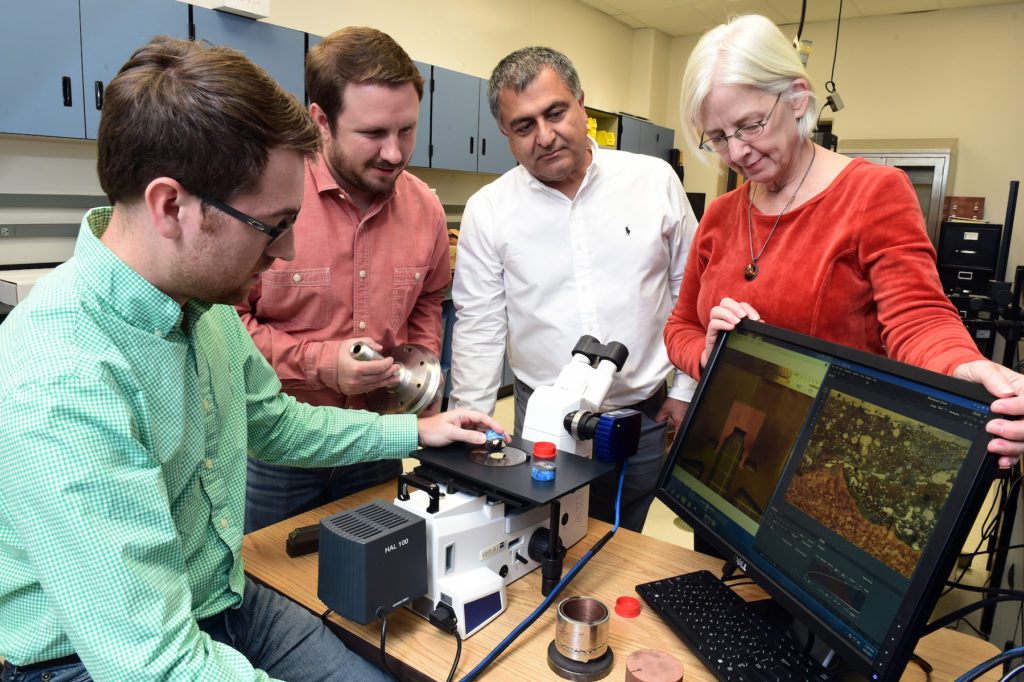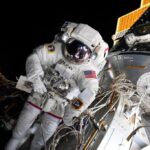

Whenever NASA comes up, it’s a pretty good bet that something exciting is happening. The space agency has been doing some amazing work with 3D printing, including building an entirely 3D printed rocket engine, which they’ve been testing as it gets closer and closer to completion. There are a lot of complex parts that make up a rocket engine, and they’re all important, but one of the most important is the igniter, which is used to initiate the engine’s start sequence; you can’t launch a rocket without the igniter.
An igniter is made from two different types of metals, and it’s typically created through a process called brazing, which combines the metals by melting a filler metal into a joint. It’s a time-consuming process that requires a good deal of cost and manual labor, so NASA found a better way to combine metals: 3D printing. Recently, engineers at NASA’s Marshall Space Flight Center in Huntsville, Alabama tested the agency’s first 3D printed part made from two different metal alloys.
“It is a technological achievement to 3-D print and test rocket components made with two different alloys,” said Preston Jones, director of the Engineering Directorate at Marshall. “This process could reduce future rocket engine costs by up to a third and manufacturing time by 50 percent.”
It’s not a simple process to 3D print a single piece with two different metals, so a unique hybrid process called automated blown powder laser deposition was used. The two metals, a copper alloy and Inconel, were 3D printed into one piece rather than having four separate pieces brazed and welded together. The single build was carried out by a hybrid machine, made by DMG MORI, that combined 3D printing and CNC machining capabilities.

Engineers at Marshall, led by Senior Engineer Robin Osborne of ERC, Inc., supporting Marshall’s Engine Components Development and Technology Branch, low-pressure hot-fire tested the igniter prototype more than 30 times in July. University of Alabama in Huntsville researchers then cut up the component to examine it through a microscope, and discovered that the two metals had inter-diffused, creating a strong bond.
“Eliminating the brazing process and having bi-metallic parts built in a single machine not only decreases cost and manufacturing time, but it also decreases risk by increasing reliability,” said Majid Babai, Advanced Manufacturing Chief and lead for the project in Marshall’s Materials and Processes Laboratory. “By diffusing the two materials together through this process, a bond is generated internally with the two materials and any hard transition is eliminated that could cause the component to crack under the enormous forces and temperature gradient of space travel.”
The igniter is 10 inches tall and 7 inches wide at its widest diameter, but this new hybrid technology could be used to build much larger parts and is capable of machining the part’s interior during manufacturing, something that other manufacturing methods cannot do. The hybrid technology can alternate between freeform 3D printing and CNC machining inside the part before the exterior is finished and closed off.
“We’re encouraged about what this new advanced manufacturing technology could do for the Space Launch System program in the future,” said Steve Wofford, Manager for the SLS liquid engines office at Marshall. “In next generation rocket engines, we aspire to create larger, more complex flight components through 3-D printing techniques.”
Discuss this story and other 3D printing topics at 3DPrintBoard.com, or share your thoughts below.
[Source: NASA]
If you're looking to get architectural 3D animation in the USA, our service provides an exceptional way to bring your architectural concepts to life through dynamic, immersive visuals. Through our platform, you can easily request high-quality 3D animations that showcase your designs in motion, offering a detailed view of your project from multiple angles and perspectives. Whether it's for a real estate development, a commercial building, or an urban planning project, our expert team ensures that every detail is captured in a visually compelling animation.
Through our website, you can seamlessly get architectural 3D animation tailored to your project’s specific needs. With our help, you can offer potential clients or investors an engaging experience that goes beyond static images. By integrating CGI animations with real-world settings, lighting, and textures, our team creates a lifelike experience that allows your audience to interact with your project as though it were already built. This service is perfect for presenting complex designs in a clear, visually attractive way that stands out in the competitive architectural market.




